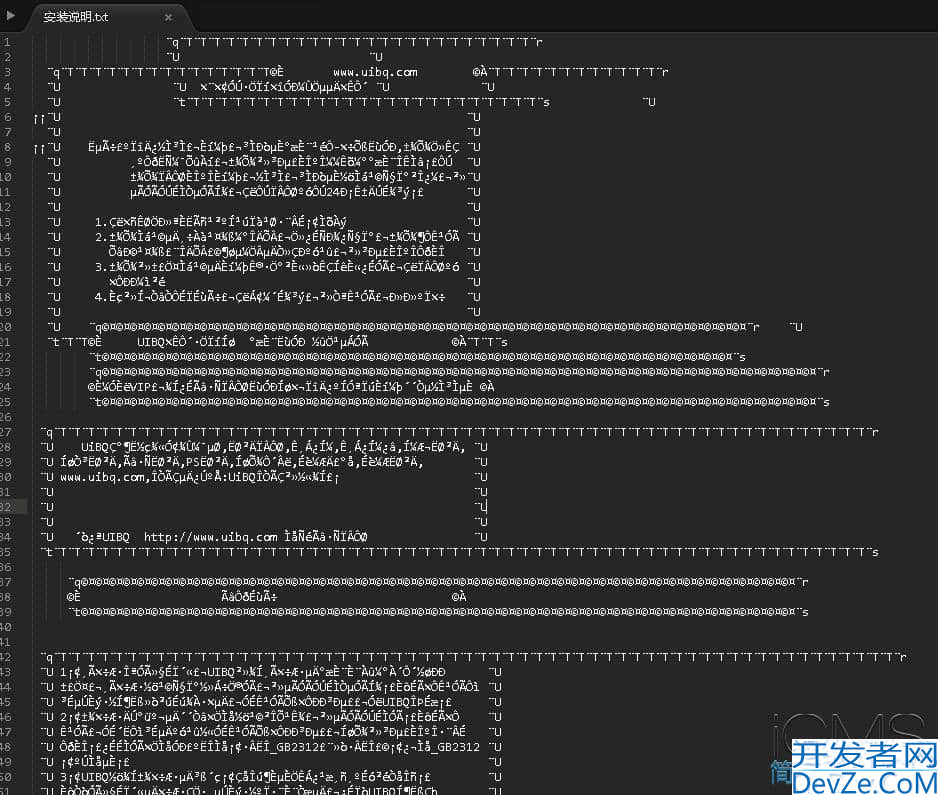关于python 读取csv最快的Datatable的用法,你都学会了吗
2021年7月1日,官方正式发布了1.0Datatable版本。1.0版本支持windows和linux,以及Macos。 具体文档可以见:
https://datatable.readthedocs.io/en/latest/start/using-datatable.html
Datatable与众不同就是快!
需要说明的是,使用Datatable库需要python3.6及以上版本。
import datatable as dt
import pandas as pd
import time
from datetime import date
from datatable import f,update
t0 = time.time()
t1 = time.time()
file = r"C:\Users\songroom\Desktop\000001.csv"
my_table = dt.fread(file,sep=",",header=True) ## datatable格式
## dt.fread(data, sep=",",header=False, columns=["A","B","C","D"]) 多种设置
t3 = time.time()
print(f"my_table -> data type :{type(my_table)}")
print(f"my_table -> data name : {my_table.names}")
print(f"my_table -> (nrows,ncols) : {my_table.shape}") # (nrows, ncols)
my_table -> data type :<class ‘datatable.Frame'>
my_table -> data name : (‘date', ‘open', ‘close', ‘low', ‘high', ‘volume', ‘money', ‘factor', ‘high_limit', ‘low_limit', ‘avg', ‘pre_close', ‘paused', ‘open_interest') my_table -> (nrows,ncols) : (590880, 14)
print(f"my_table -> head(10) : " )
print(my_table.head(10)) #
print(f" datatable read_csv cost time : {t3-t0} s!")

# ## 和pandas 相比
t4 = time.time()
pandas_df = pd.read_csv(file)
t5 = time.time()
print(f" pandas read_csv cost time : {t5-t4} s! ")
datatable read_csv cost time : 0.059000492095947266 s!
pandas read_csv cost time : 1.7289988994598389 s!
把读取的csv存成jay文件
把.jay文件读成datatable
t6 = time.time()
my_table.to_jay(r"C:\Users\songroom\Desktop\000001.jay")
t7 = time.time()
print(f"datatable 把数据存放成jay cost time : {t7-t6} s!")
## 把.jay文件读成datatable
t8 = time.process_time_ns() ## 增加精度
table_jay = dt.fread(r"C:\Users\songroom\Desktop\000001.jay")
t9 = time.process_time_ns()
print(f"把.jay文件 读取到datatable cost time : {(t9-t8)/1000000000.0} s !")
print(f".jay文件读取成table_jay 的数据格式 :{type(table_jay)}")
datatable 把数据存放成jay cost time : 0.494002103805542 s! 把.jay文件
读取到datatable cost time : 0.0 s ! .jay文件读取成table_jay 的数据格式 :<class ‘datatable.Frame'>
## 把datatable转成pandas.dataframe
t10 = time.time()
pandas_df = my_table.to_pandas()
t11 = time.time()
print(f"pandas_df type : {type(pandas_df)} ")
print(f"datatable 转成 pandas df cost time : {t11-t10} s!")
print(f"{pandas_df.head()}")
pandas_df type : <class ‘pandas.core.frame.DataFrame'> datatable 转成
pandas df cost time : 0.1569967269897461 s!
把dataframe转成datatable
t12 = time.process_time()
my_table_from_df = dt.Frame(pandas_df)
t13 = time.process_time()
print(f"dataframe => datatable cost time : {t13-t12} s!")
print(f"my_table_from_df type: {type(my_table_from_df)} pandas_df type : {type(pandas_df)}")
dataframe => datatable cost time : 0.296875 s! my_table_from_df type:
<class ‘datatable.Frame'> pandas_df type : <class ‘pandas.core.frame.DataFrame'>
把datatable 转成 csv保存,把datatalbe扩展10倍,再输出csv
t14 = time.time()
big_table = dt.repeat(my_table, 10) ##
t14_1 = time.time()
big_table.to_csv(r"C:\Users\songroom\Desktop\000001_big.csv")
t15 = time.time()
print(f"big_table shape (nrows,ncols ) : {big_table.shape}")
print(f"datatable 扩展10倍 cost time : {t14_1-t14}s!")
print(f"datatable 落地csv文件 cost time : {t15-t14_1} s!")
big_table shape (nrows,ncols ) : (5908800, 14)
datatable 扩展10倍 cost time : 0.0s! datatable 落地csv文件 cost time : 9.905611753463745 s!
与各种类型数据的转换:

datatable => arrow()
arr_from_table = my_table.to_arrow()
print(f"{type(arr_from_table)}")
<class ‘pyarrow.lib.Table'>
把dict =>datatable
dict_data = {"dates" : [date(2000, 1, 5), date(2010, 11, 23), date(2020, 2, 29), None],
"integers" : range(1, 5),
"floats" : [10.0, 11.5, 12.3, -13],
"strings" : ['A', 'B', None, 'D']
编程客栈 }
table_from_dict = dt.Frame(dict_data)
print(f" dict_data type :{type(dict_data)} table_from_dict type : {type(table_from_dict)} ")
把datatable => dict
dict_from_datatable = my_table.to_dict()
print(f" dict_from_datatable type :{type(dict_from_datahttp://www.cppcns.comtable)} my_table type : {type(my_table)} ")
把datatable 取值和过滤
my_table_new = my_table[:, "close"]
找到符合这两个条件(且)的table,这两个条件要括起来!
table_3800_and = my_table[(f.close > 3800) & (f.pre_close < 3800),:]
找到符合这两个条件(or)的table,这两个条件要括起来!
table_3800_or = my_table[(f.close > 3800) | (f.pre_close < 3800),:]
my_table[:, 'date'] ## 选择date列 my_table['date'] ## 同上 my_table[:,["date","close"]] ## 选择 date,close两列 my_table[:,f.close] ## 选择close my_table[[1, 2, 3], :] ## 选择相应的行 my_table[range(1, 3), :] ## 选择相应编程客栈的行
把 datatable 转成list
my_list = my_table_new.to_list()
两个datatable的操作 合并
dt1 = dt.rbind(my_table, table_3800_or) ## 这两个table合并,行上进行合并;列上扩展用rbind()
del dt1[:, ['date', 'close']] ## 删除两列
my_table['low_high'] = my_table[:, (f.low + f.high)编程客栈/2.0] ## 增加一列,赋值方法
my_table[:, update(mean = (f.low+ f.high +f.close)/3GVWCpGupZ.0)] ## 增加一列,update方法
my_table.names = {"low_high": "lowhigh", "mean": "mean_3"} ## 对两列的字段进行重命名
dict_from_datatable type :<class ‘dict'> my_table type : <class ‘datatable.Frame'>

循环,效率好象比较慢!后面还待观察是否有优化!
nrows,ncols = my_table.shape
tt0 = time.time()
for i in range(nrows):
values = my_table[i,:]
tt1 = time.time()
print(f"my_table 循环 cost time :{tt1-tt0} s")
my_table 循环 cost time :9.566002130508423 s。效率看起来比较低。
到此这篇关于python 读取csv最快的Datatable的用法的文章就介绍到这了,更多相关python 读取csv内容请搜索我们以前的文章或继续浏览下面的相关文章希望大家以后多多支持我们!








 加载中,请稍侯......
加载中,请稍侯......
精彩评论